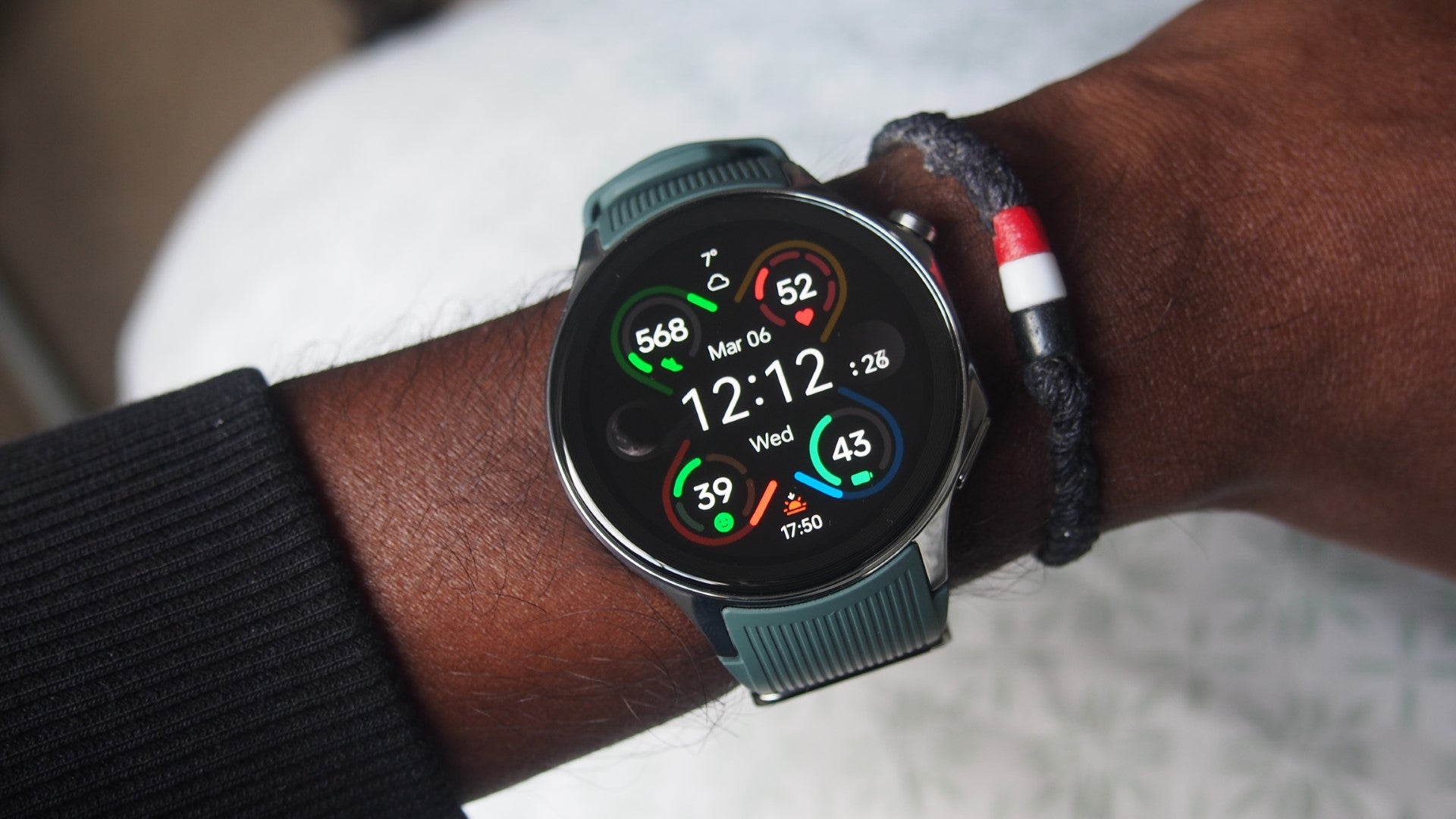Airofit Pro 2.0 Review
Does this lung trainer leave us breathless?

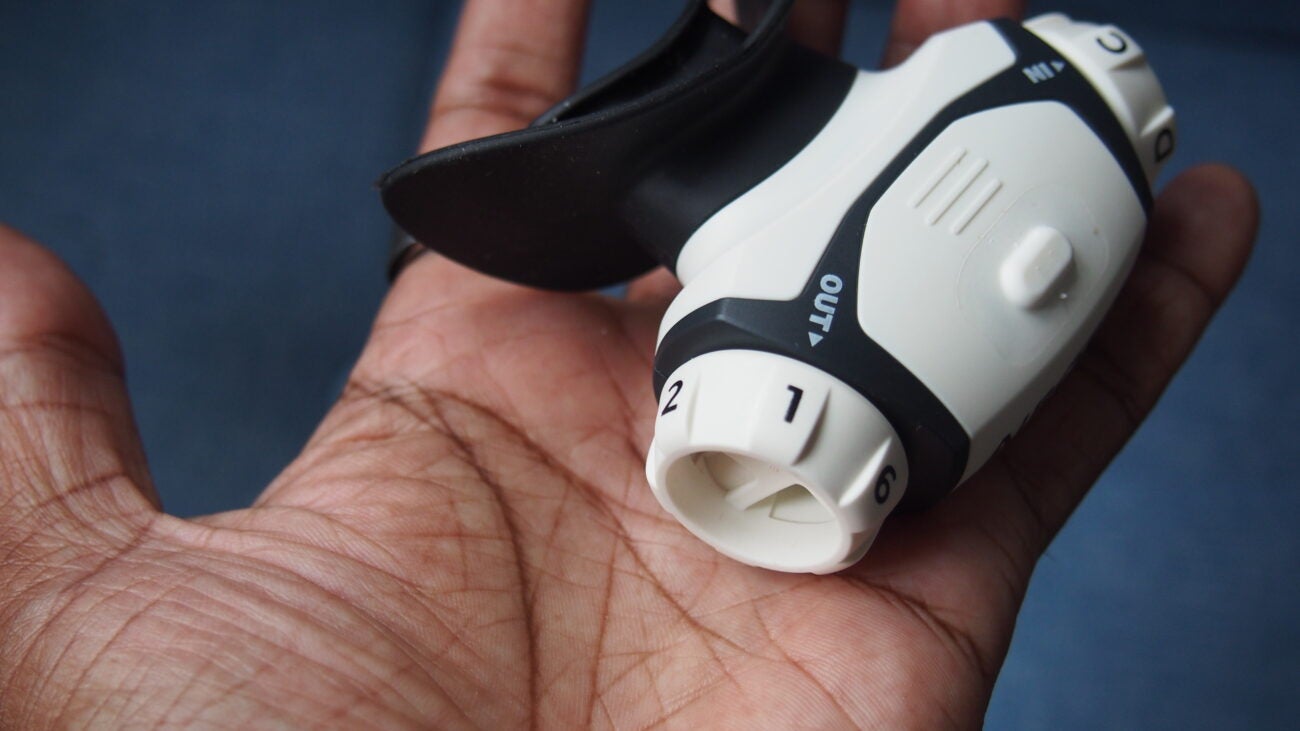
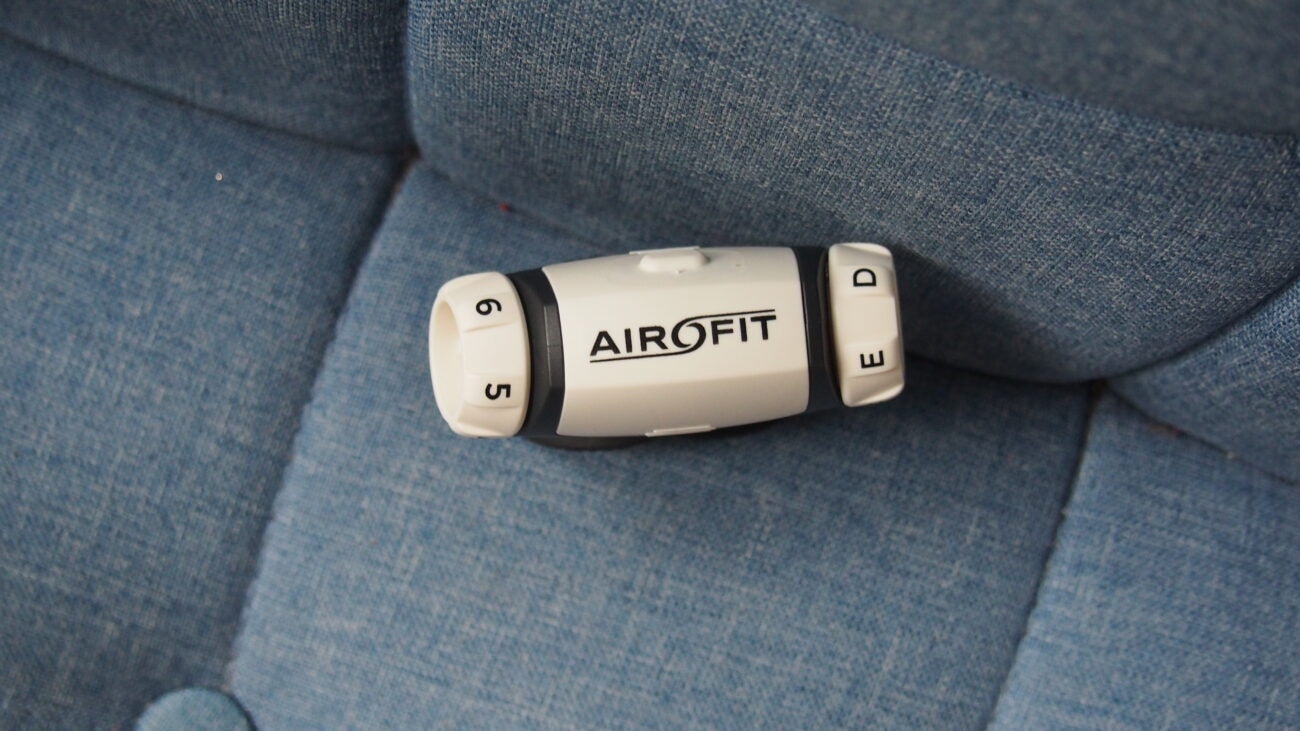
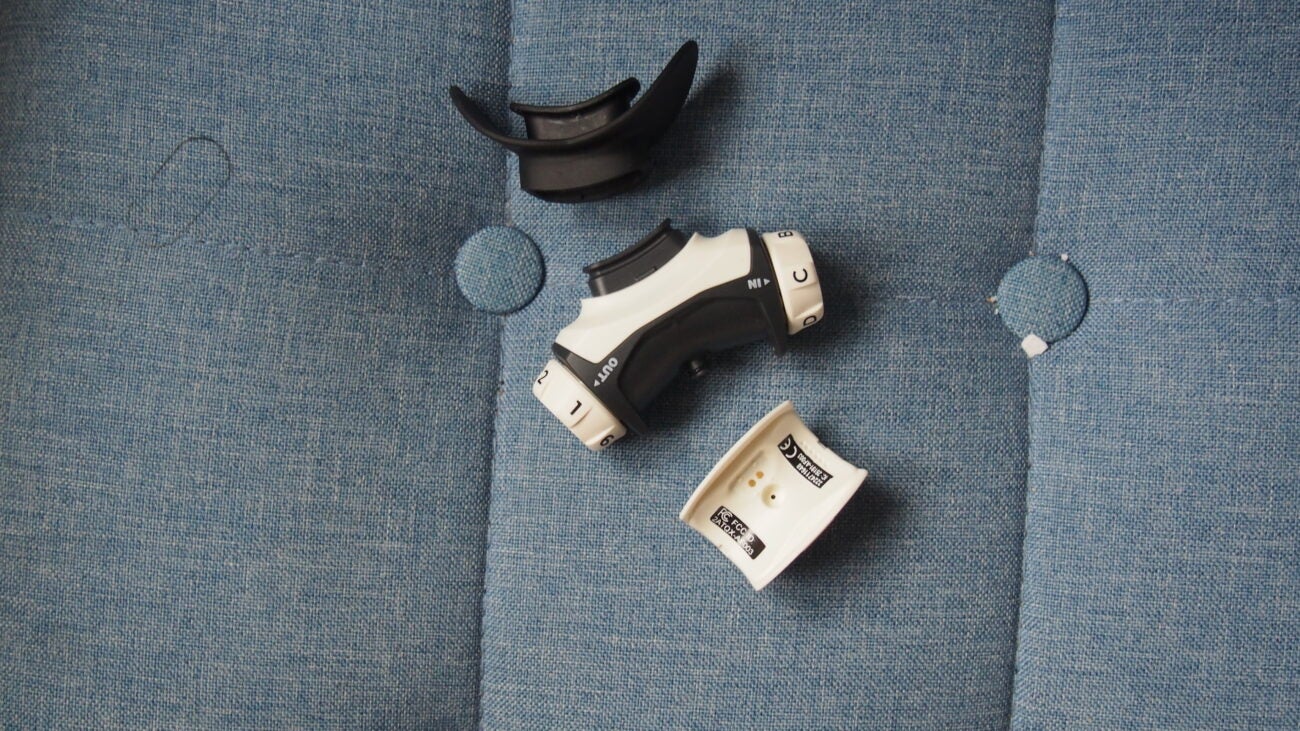

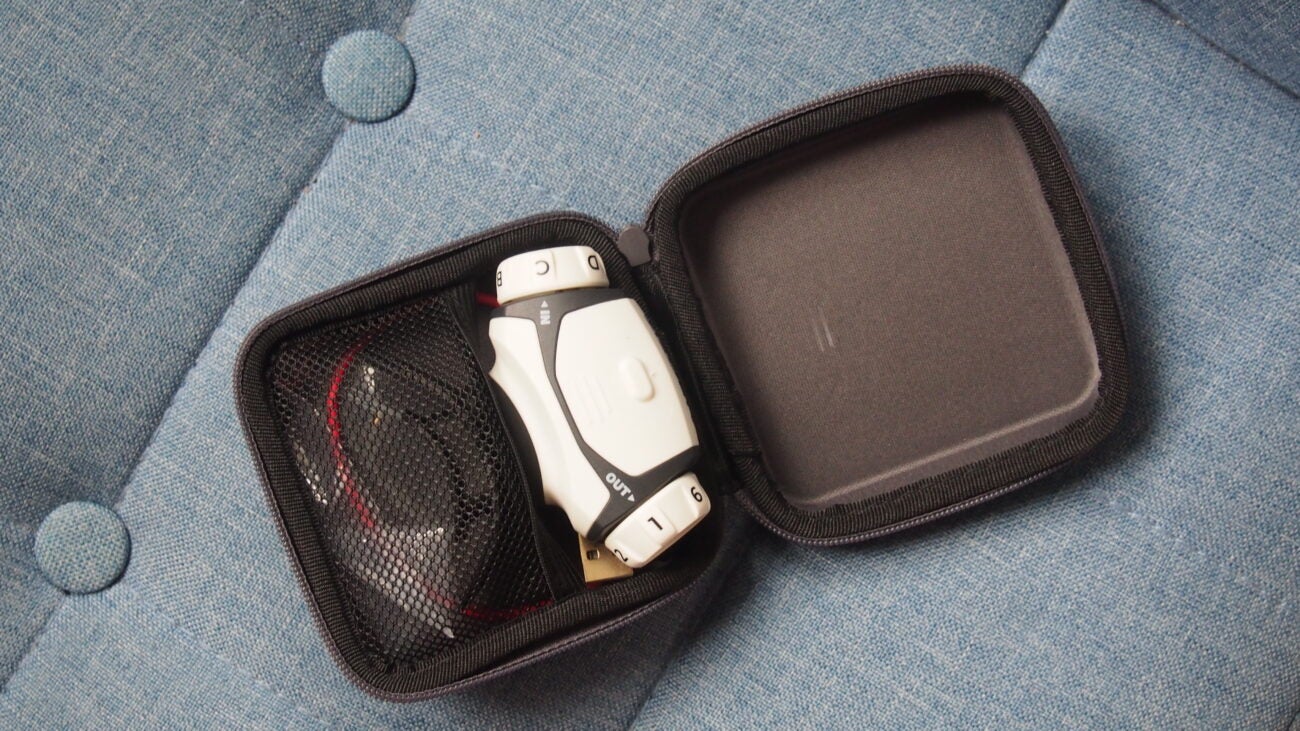
Verdict
The Airofit Pro 2.0 does give your breathing muscles a good workout in a short amount of training time, but needs to do a bit more on the software side and offer actionable insights and guidance to make it worth the big spend.
Pros
- Simple set-up
- Only requires a short amount of training time
- Long battery between charges
Cons
- Hard to glean obvious improvements
- It’s very expensive
- Some exercises can be challenging to do
Key Features
- Bluetooth connectivity:Pair with Airofit’s smartphone for training results
- 4-7 days of battery life:Ideal for taking the Airofit with you on the go
- Adjustable resistance levels:Train your lungs with measured breathing
Introduction
The Airofit Pro 2.0 is a breathing trainer that wants to help athletes reach their peak potential, help you battle stress and, according to a recently conducted study, offer assistance in battling Covid-related respiratory symptoms.
Unlike the guided breathing exercises your typical smartwatch or sports watch serves up, you’re expected to put this connected device in your mouth to strengthen breathing muscles through short exercises.
It’s certainly not a cheap setup to buy, so does the Airofit Pro 2.0 really do enough to justify its big price? Here’s my take.
Design and build
- Weighs 45g
- Adjustable resistance levels
- Splash resistant design
In essence, the Airofit has been born out from a larger device built by a Danish medtech company that was designed to increase the strength of your respiratory system via a process that used water to create resistance when inhaling and exhaling.

Airofit has essentially made a more portable version that replaces the need for a coach on-hand by offering that through its companion smartphone app.
The hardware is a pretty simple affair. It’s made up of a mouthpiece that Airofit says is splash resistant, which mainly means it’s resistant to saliva because you’ll produce a bit of it when performing some of the exercises.
That’s attached to a plastic connected component that can be detached to reveal the charging port for the bundled proprietary charging cable. It also packs in the Bluetooth connectivity hardware to wirelessly transmit real-time training data to the companion app.
There’s two twisting dials on either side of the Airofit and these control the resistance levels, adjusting the amount of air allowed into the system to vary the difficulty of the training. You’re also prompted to twist dials to the correct position before you start the exercises.

When it’s not in use you can pack it away in a pretty portable zipped case, making it easier to take on your travels. While it might not feel like a particularly expensive device to handle, it soon became apparent to me why it’s mainly made of pretty light materials. This is something that you’re going to need to keep in your mouth for 5-10 minutes, and anything too heavy would have made it far too challenging.
Features and performance
- Optional subscription model offers more features
- Offers 3 levels of training difficulty
- Creates personalised training programmes
- 4-7 days battery life
Outside of the Airofit Pro 2.0 device itself, you’ll need your phone nearby and the Airofit app downloaded to start training your breathing. The app is free to download and there are two types of memberships on offer. You can go free or pay more for the premium version, which costs $7 a month or $40 a year.
The key differences between the two memberships seem to be centred around being able to choose from a larger collection of areas of focus, getting unlimited training history and being able to integrate HRV and sleep data from Apple Health. That is useful if you’re trying to draw conclusions and trends about your fitness and recovery, as it’ll collate all of your key metrics from other devices in one place.
When you first start using the Airofit, you need to decide on your area of focus, which I put down as running and football fitness as those are the most regular activities I participate in. You’ll need to perform a lung test, which involves a couple of short exercises that will be repeated over time to help create a baseline for training and make it a more personalised experience based on your performance.

Whether you need to do that short lung test before your training or not, you’ll generally be given a two-part training session, which you need to put aside just under ten minutes for. These sessions are based around inspiratory strength, expiratory strength and accessible lung capacity. Before each session you’ll be prompted to twist those resistance dials on the device and then follow the breathing instructions onscreen which vary in their intensity.
Doing these exercises for 3-4 minutes doesn’t sound like a lot, but they do give your lungs a workout. Whether you pick from beginner, intermediate or expert level of difficulty, you know you’re putting your breathing muscles to work.
Graduating from the beginner level classes felt like a tall order on most sessions. Some exercises are certainly more straightforward than others while there were some I just never fully got the hang of, even after watching the instruction demos. Just the two training sessions are enough to fill your mouth with saliva when you pull that mouth piece away, so you probably don’t want to be in your best gear or at the very least, be prepared to quickly wipe your mouth.
At the end of each session you get a percentage score of how well you’ve performed with the training. I always seemed to excel with the inhaling sections as opposed to the sections focussing on exhaling, and my lung tests appeared to show some improvements over time as well. If you don’t want to take the training programme route you can also opt to just pick one of the 17 available breathing exercises, though the training option provides some much welcome structure to the experience.
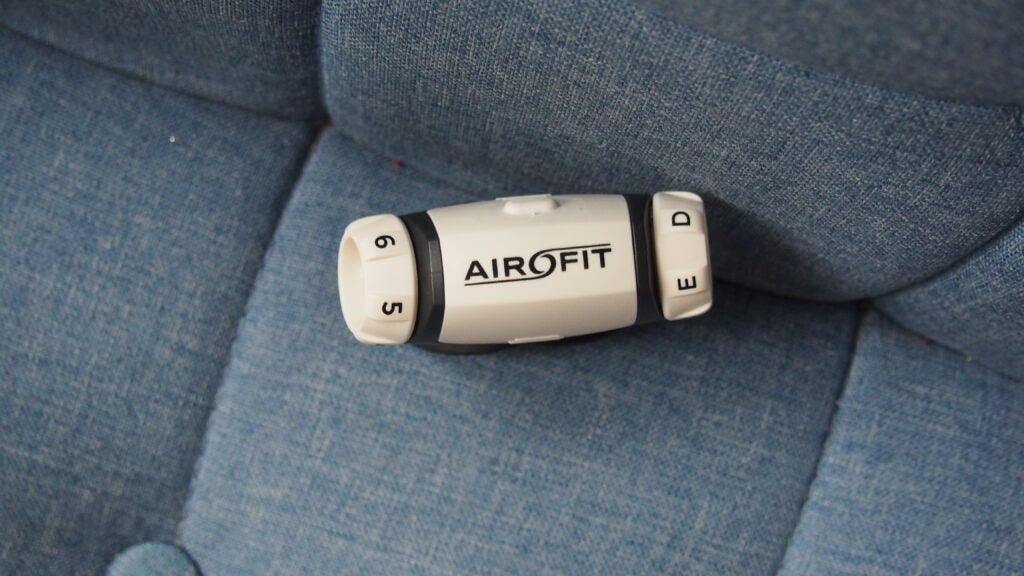
The problem I had was in drawing really strong tangible evidence that the training was paying off. I used it during a period when I was overcoming a running injury and rebuilding my fitness. I also suffer from some long Covid symptoms so it was another reason I wanted to put the AiroFit to the test. Airofit doesn’t put a definitive time on when you should see improvements in your area of focus, but it feels like weeks as opposed to days that you should see some progress if you regularly stick to the training.
There’s a reason why Airofit aims to get you training for at least a month. I used it for a couple of months and always found the training challenging, but manageable in most instances and I tried to perform the training at similar times of the day, typically in the evening but also with a few morning sessions too.
While you can review graphs and statistics from your training, it needs more actionable insights and prompts to say whether good improvements have been made or performance has dropped, and try to help draw conclusions as to why that might be the case. That feels like the next logical step for Airofit.
I feel like there are some benefits to performing this type of training and it’s easy to fit it in the time to do it, but it’s hard to ignore the price you’ll have to pay for the privelege. There are certainly some aspects I really like about the Airofit’s set-up and I think it can have value when used on a regular basis. The question is whether the price is right for it, especially if you pay for the subscription that I’m not sure most will actually need.
In terms of battery life, that is something you rarely need to worry about as training sessions only require a small amount of time to do. Airofit says you should enjoy anywhere from 4-7 days and that’s entirely possible based on my testing time. You’re not going to have to charge it on a massively regular basis and when you do you’ve got a very secure charging set-up to do that.

Latest deals
Should you buy it?
If you want a breathing trainer you can take on the go: The Airofit Pro 2.0 is light and compact enough to carry around with you and has plenty of battery to cover quite a long stretch of training
You don’t want to spend big money on a breathing trainer: If you’re sold on the idea of the Airofit Pro 2.0, you might be better saving some money and grabbing the cheaper, less connected Airofit Active instead.
Final Thoughts
The Airofit Pro 2.0 is an intriguing device and while I was sceptical at first, after a couple of months with it I was able to see some benefits of taking a more focused approach to training your respiratory muscles.
With that being said, I think it needs to do a much better job of justifying that high price by putting the training into better context, which I never thought it really did. It could swap all the graphs for simple calls to action on what your data might mean and what you might be able to do to build that strength.
There’s the essence of something good and useful here, and the studies Airofit is doing to show its uses for performance, health and wellbeing benefits are important – it just needs to finesse how it delivers the information in the app to really elevate its usefulness, similar to how the Galaxy Watch 6 and Whoop Strap 4.0 break down sleep tracking and recovery respectively.
How we test
We thoroughly test every fitness tracking device we review. We’ll always tell you what we find and we never, ever, accept money to review a product.
Tested over several months
FAQs
You don’t need to pay for the AiroFit premium subscription to access the training but it does restrict access to aspects like Apple Health integration and looking over training history over an unlimited period.
Yes. Unlike the AiroFit Active, the Pro 2.0 needs to be charged and has a battery life that lasts anywhere from 4-7 days.




